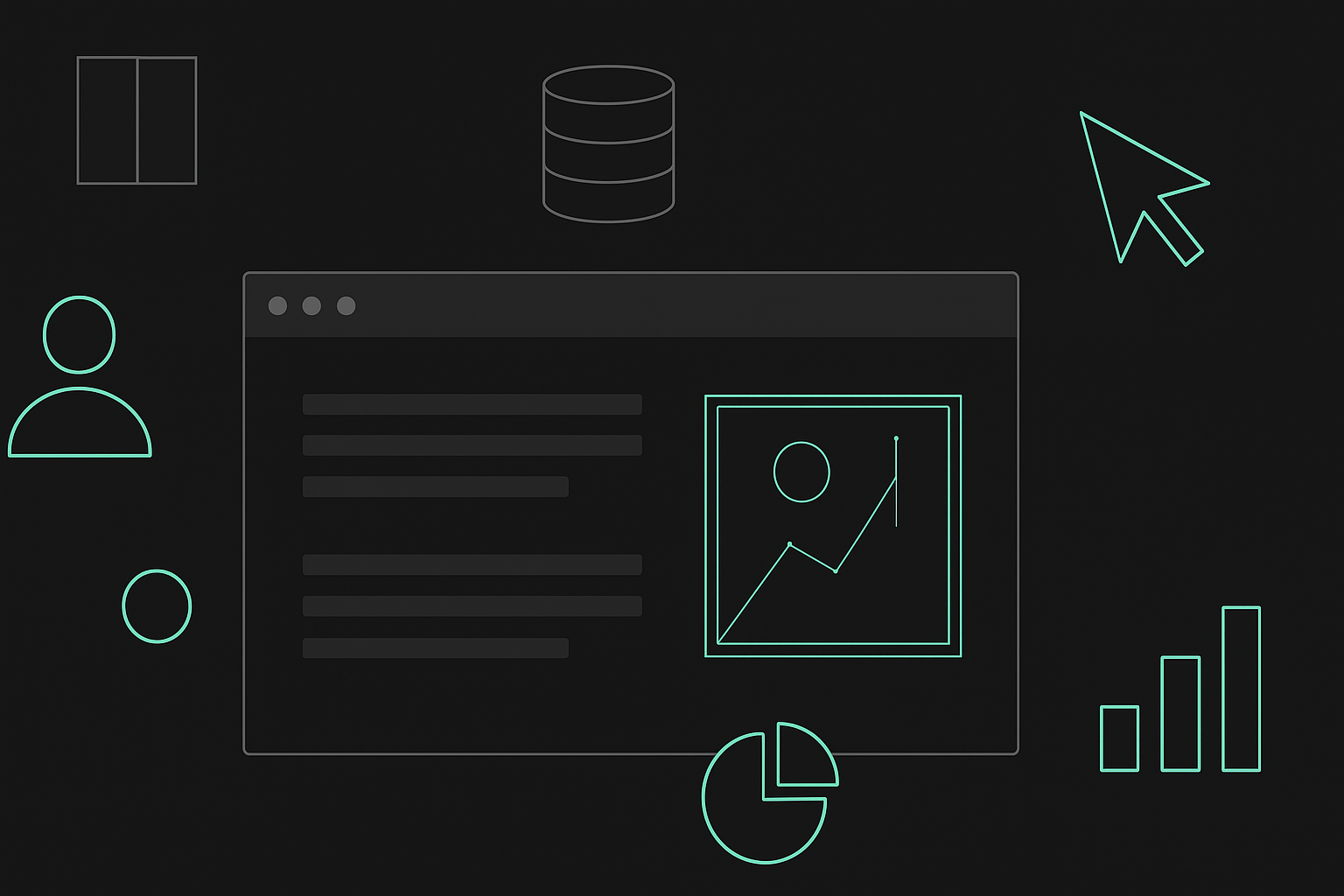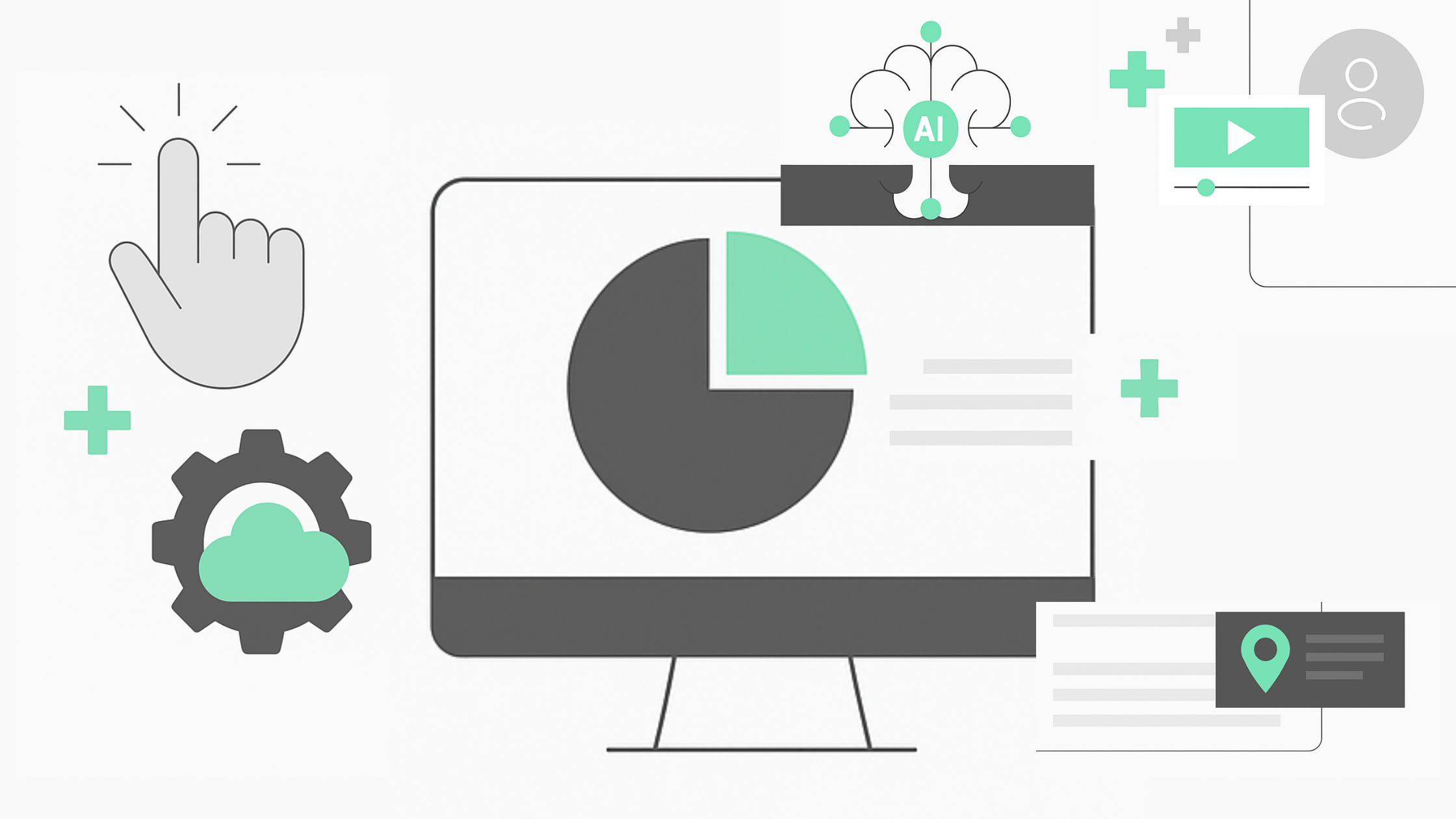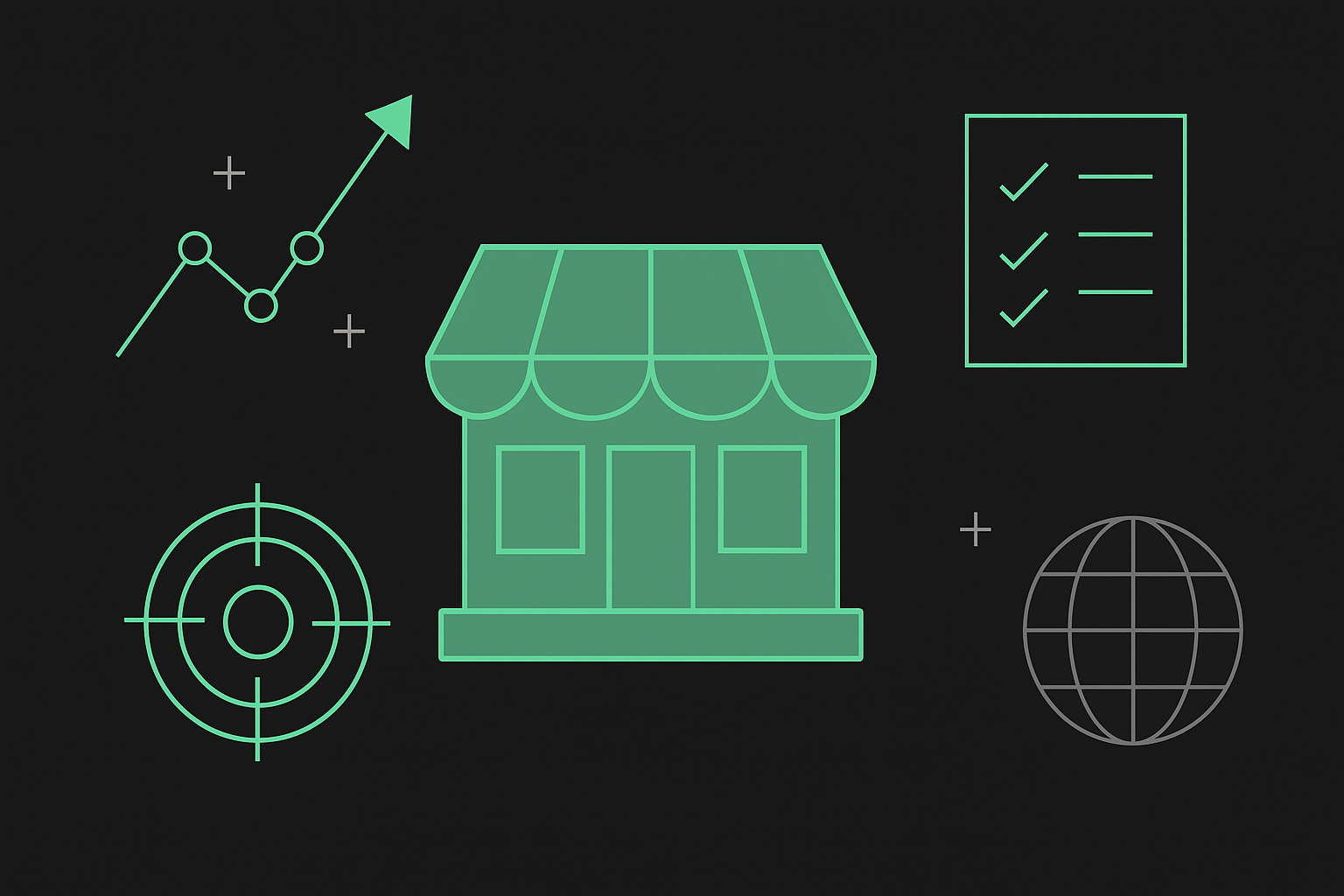How to Build an Effective a Communication Strategy for Your Customer Journey
Whether you own a startup or an established enterprise, a well-crafted communication plan is the key to engaging your audience, understanding their needs, and ultimately, driving meaningful interactions that increase consumer loyalty. Through a well-designed communication strategy, you can tailor your customer journey to create a seamless and meaningful experience that enhances engagement.
In this comprehensive guide, we will walk you through the essential steps of crafting a customer-centric communication plan. By understanding how to identify your target audience, select the right communication channels and measure your results, you will be better equipped with the knowledge and tools necessary to engage and grow your customer base.
Identifying your Target Audience
By knowing your customers' needs and preferences, you can tailor your products and messaging, to build loyalty. This precise targeting ensures that your marketing efforts resonate with the right people, making them more effective and resource-efficient. To identify your target audience, several steps are essential:
- Market Research: Conduct comprehensive market research to gather data on your industry, competitors, and potential customer segments. Analyze demographic, psychographic, and behavioral factors to develop a clearer picture of your ideal customers.
- Customer Surveys and Feedback: Engage with your existing customers through surveys, feedback forms, or interviews to understand their needs, preferences, and pain points. This direct feedback can provide valuable insights into what drives customer loyalty.
- Buyer Personas: Develop detailed buyer personas that represent the various segments of your target audience. Each persona should include key demographic information, preferences, motivations, and challenges.
- Competitor Analysis: Analyze your competitors' target audiences and assess where there may be opportunities for differentiation or untapped markets.
- Social Media Insights: Leverage social media analytics to gain valuable insights into your audience's online behavior, interests, and engagement patterns.
- Test and Iterate: As your business evolves, so may your target audience. Continuously test and refine your assumptions to stay aligned with your customers' ever-changing needs and preferences.
By understanding your customers, you can create personalized connections that drive loyalty and success.
How to Create an Effective Communication Strategy
By crafting compelling messages, planning engaging content, and embracing ongoing evaluation and adaptation, you can build a communication strategy that effectively connects with your audience and drives growth.
Understand Your Customer Journey
Your customer journey is the experience your customers follow as they interact with your brand. This journey typically includes the following stages:
- Awareness: When the customer becomes aware of your brand or product.
- Consideration: The customer evaluates your offerings against competitors.
- Purchase: The customer buys your product or service.
- Retention: The customer continues to engage with your brand and becomes a loyal customer.
- Advocacy: The satisfied customer recommends your brand to others.
To effectively map out your customer journey, segment your audience based on demographics, psychographics, behavior, and needs. This will help you tailor your messaging and create more targeted communication at each stage of the customer journey.
Set Clear Objectives
Determine the goals of your communication strategy at each stage of the customer journey. These objectives should align with your overall business goals and may include raising awareness, increasing conversions, or improving customer satisfaction. Be specific and measurable to ensure you can track progress and optimize your strategy over time.
Choose the Right Channels
Select the appropriate communication channels based on your target audience and objectives. These may include social media, email, content marketing, public relations, or paid advertising. Monitor channel trends and behaviors at each stage of the customer journey to ensure your message reaches your audience effectively.
Develop Compelling and Consistent Messaging
Craft messaging that resonates with your target audience and addresses their needs at each stage of the customer journey. Your messaging should be consistent across channels and touchpoints, reflecting your brand identity and value proposition. Incorporate storytelling and emotional connections to create memorable experiences that foster long-term relationships.
Personalize Your Communication
Leverage customer data and insights to create personalized communication that speaks directly to your audience. Use segmentation, automation, and dynamic content to deliver relevant messages based on individual preferences, behaviors, and history. Personalized communication can lead to higher engagement, conversions, and customer satisfaction.
Measure and Optimize Your Strategy
Monitor the performance of your communication strategy by tracking key performance indicators (KPIs) such as open rates, click-through rates, conversions, and customer satisfaction scores. Analyze this data to identify trends, opportunities, and areas for improvement. Continuously optimize your strategy by refining your messaging, targeting, and channel mix based on these insights.
Why an Effective Communication Strategy is crucial for Customer Engagement
An effective communication strategy forms the foundation of meaningful interactions between a business and its customers. Customer engagement is all about building and maintaining a strong relationship with your audience, fostering loyalty, and driving customer satisfaction. Clear, consistent, and transparent communication helps build trust between a brand and its customers, making the customers more likely to engage with the brand and become loyal advocates.
A well-crafted communication strategy allows businesses to tailor their messages and offerings to meet individual customer needs. This personalization makes customers feel valued and understood, creating a deeper connection and increased engagement. Through effective communication channels, businesses can gather valuable insights into customer preferences, pain points, and expectations, helping them better align their products and services to their customers.
Timely and responsive communication is also crucial when customers encounter problems or have inquiries. A well-structured communication strategy ensures that customer concerns are addressed promptly, reducing frustration and enhancing overall satisfaction. Regular communication keeps customers engaged even after their initial purchase. By consistently delivering valuable content, updates, and promotions, businesses can nurture customer loyalty and encourage repeat business.
Furthermore, communication that appeals to customers' emotions helps forge a stronger bond between the brand and its audience. Emotional engagement fosters brand loyalty and encourages customers to become advocates for the business.
An effective communication strategy ensures that customers receive the right information at the right time through their preferred channels. Open communication invites feedback from customers, which can be used to improve products and services. Moreover, satisfied customers who feel engaged are more likely to refer others, contributing to organic growth.
Ultimately, an effective communication strategy aligns with the business's overall objectives. Whether it's increasing sales, improving customer retention, or building brand advocacy, engaged customers play a pivotal role in accomplishing these goals.
A well-crafted communication strategy can enhance your customer journey, leading to increased engagement, loyalty, and ultimately, business growth. Nonetheless, continuous optimization is key – always adapt and evolve your strategy to meet the changing needs of your customers and business.
Outliant continues to help businesses of all sizes better reach their audience and optimize their customer journey. So if you’re not sure where to start, or you’re looking to enhance your current processes, schedule a strategy session with one of our experts and we’ll help you achieve your business goals.










